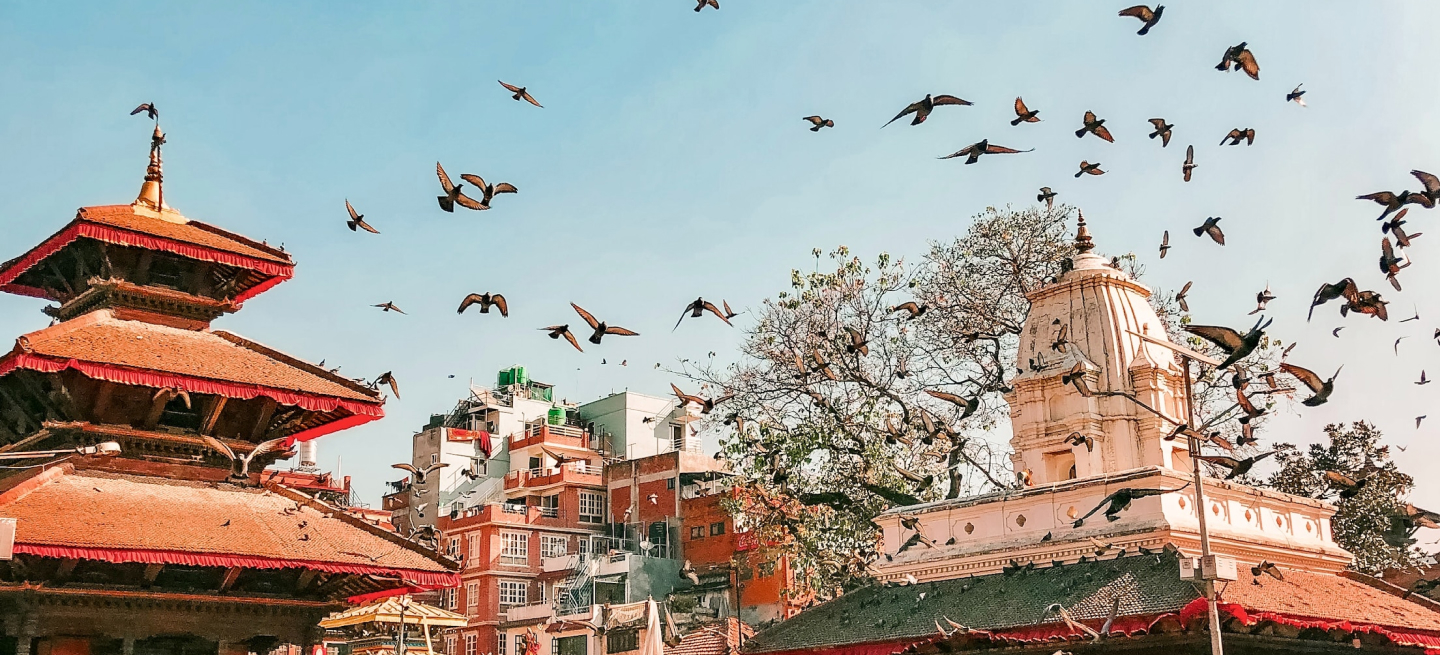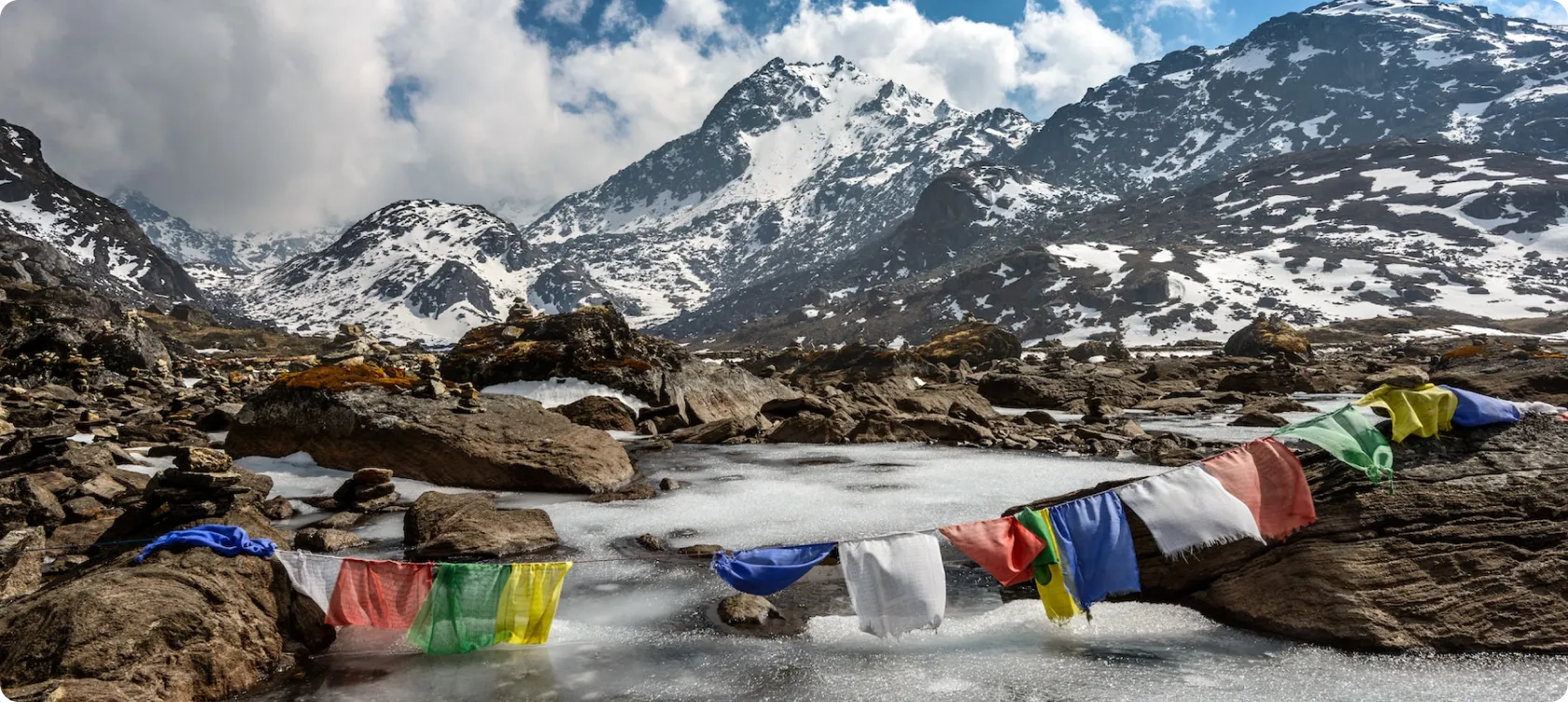
When it comes to Nepal, there’s no doubt the best way to see it is via rugged trails, trekked on your own two feet. An intriguing nation of snowy mountain peaks, remote monasteries, colourful communities and jungle wildlife. When you spend time with the locals, hiking through spectacular villages and rugged mountain passes, you soon begin to uncover the extraordinary in the everyday.
Family hiking and trekking vacations in Nepal can be customised to meet your needs, and we are delighted to take client suggestions into consideration.

Taking in Kathmandu, Pokhara, Chitwan, Poon Hill and more, this 13 day package has all the makings of a life-changing adventure. Explore the historic city of Kathmandu on tour, taking in impressive sights such as Patan Durbar Square and Swayambhunath Stupa, and admire the changing landscape on a tourist bus to Pokhara. From here, journey to Nayapul and begin a five day trek through the stunning Himalayan foothills. Pass through small villages and settlements, admiring colourful rhododendron forests and snow-capped peaks, witness a dazzling sunrise over the mountains from Poon Hill, and see elephants bathing in Chitwan. Includes return international flights, 11 nights accommodation, 27 meals, professional mountain guides, porters, national park fees and more. If you’ve ever longed to experience the unique wonders of Nepal, this is an adventure you do not want to miss!
When it comes to Nepal, there’s no doubt the best way to see it is via rugged trails, trekked on your own two feet. An intriguing nation of snowy mountain peaks, remote monasteries, colourful communities and jungle wildlife. When you spend time with the locals, hiking through spectacular villages and rugged mountain passes, you soon begin to uncover the extraordinary in the everyday.
Yes, solo female travelers can trek in Nepal. However, it's advisable to take precautions and follow general safety guidelines. Hiring a licensed guide, joining a trekking group, or trekking with other travelers can enhance safety and provide a sense of security. It's also recommended to dress modestly, be cautious of your surroundings, and inform someone about your trekking plans.
The best time for trekking in Nepal is during the spring (March to May) and autumn (September to November) seasons. These months generally offer stable weather, clear skies, and moderate temperatures. However, some treks can be done in winter and summer as well, depending on the region and difficulty level.
A reasonable level of physical preparedness and endurance is needed for Nepalese trekking. Although the level of fitness needed varies depending on the trek, it is advised to exercise regularly, such as by hiking, walking, jogging, or cycling, to get your body ready for the trek. Before engaging in any severe physical activity, it is advised to speak with a healthcare provider and a physical trainer.
Sturdy and comfortable hiking boots, appropriate clothing for both warm and cold weather, a backpack, sleeping bag, trekking poles, a first aid kit, water bottles, toiletries, and sunscreen are all necessary items to carry while trekking in Nepal. While it's crucial to travel lightly, make sure you have the right equipment for the walk-in order to stay secure and comfortable.
Accommodation during treks in Nepal typically consists of teahouses or lodges. These are basic, mountain guesthouses that provide rooms with twin beds or dormitory-style accommodations. Blankets and pillows are usually provided, but it's advisable to carry a sleeping bag for extra warmth and comfort. The teahouses also have communal dining areas where trekkers can enjoy meals and interact with fellow travelers.
Altitude sickness, or acute mountain sickness (AMS), is a common concern during high-altitude treks in Nepal. It can affect anyone, regardless of age or fitness level. It's important to acclimatize properly by ascending gradually, drinking plenty of water, avoiding alcohol and sleeping pills, and listening to your body. Familiarize yourself with the symptoms of AMS and descend to a lower altitude if symptoms become severe.